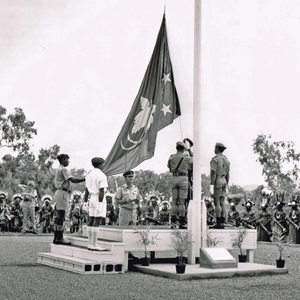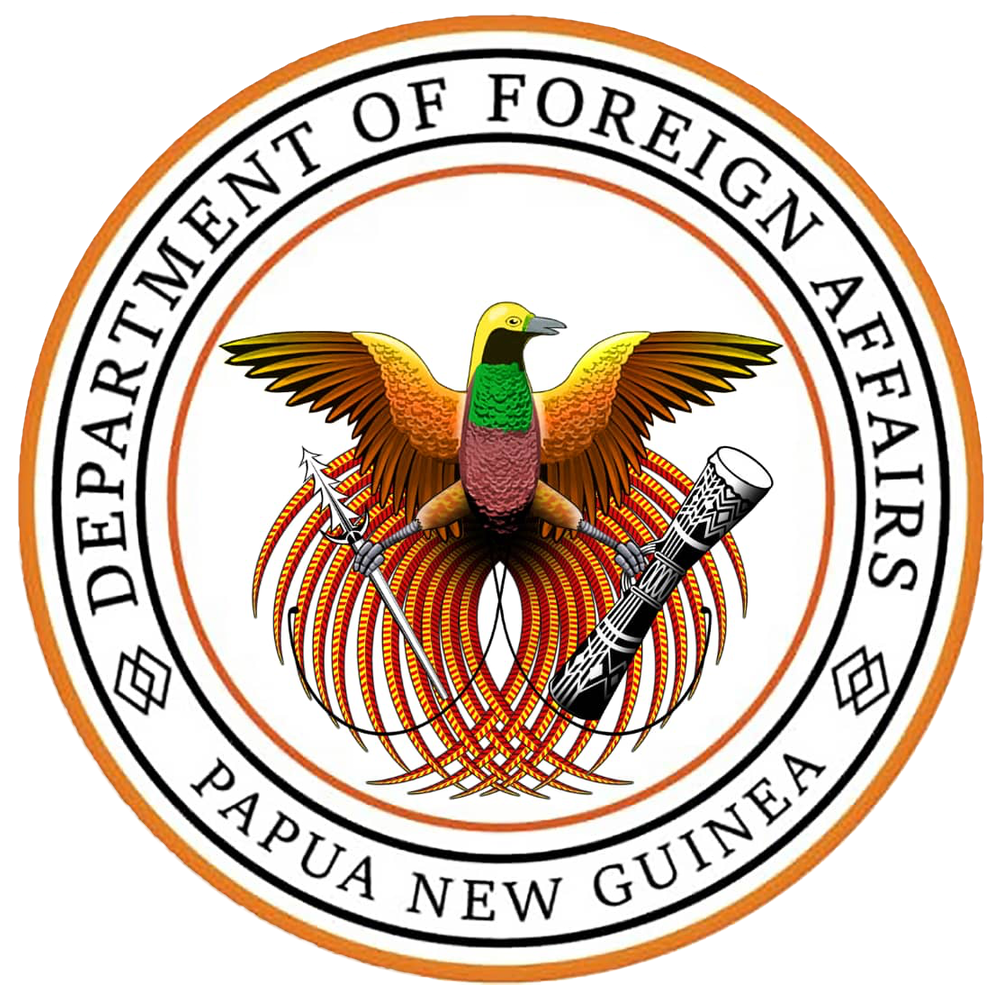About PNG: Economy
Agricultural production, most of it from subsistence farming, accounts for about one-third of the country's gross domestic product. In the archipelagoes of the north and northeast, yams, taro, and bananas are grown as staple foods. These were formerly also the staple foods for Highlanders, who now mostly rely on sweet potatoes known as kau kau. Throughout much of the Highlands, carefully tended gardens dominate the landscape; some are arrayed in checkerboard patterns defined by drainage ditches, and others are circular mounds built on compost to warm and enrich the soil.
In the north the intensive cultivation of fertile soils gives way to swidden (slash-and-burn) cultivation of taro and yams in the forests of the foothills. Those thinly populated areas in turn give way to sago swamps along the courses of the great Ramu and Sepik rivers. In the slightly more elevated areas away from the main rivers there are extensive areas of poor grassland with a high water table that are used for swidden cultivation and hunting.
Almost all commercial crops are exported, although the domestic vegetable market is growing rapidly. After 1975 smallholders increasingly took over the bulk of export crop production, replacing foreign-owned plantations. High-quality Arabica coffee is grown throughout the Highlands, mostly by smallholders; Robusta coffee is grown on the north coast and cacao in the islands. In the colonial era copra was the premier crop in lowland areas, but now only small amounts are produced, together with some rubber in the southern region. The production of plantation crops has suffered from declining terms of trade and was mostly stagnant from the 1980s. The major exception has been the cultivation of oil palm in West New Britain (on previously little-used volcanic soils) and on the eastern mainland, boosted by foreign investment.
Forest exploitation, dominated by foreign-owned logging companies, has been extensive, particularly along the north coast, in parts of the southern region, and on New Britain and New Ireland. At times logs have accounted for one-tenth of the value of national exports, but that proportion fell by about half during the Asian economic crisis of the late 1990s and only recovered slowly in the first decade of the 21st century. Forestry was a controversial industry, with logging companies developing connections with the political elite, and it was marked by corrupt practices including improperly issued licenses, mislabeled species, transfer pricing manipulation (the practice of hiding the real value of transactions—e.g., by undervaluing exports—in order to maximize profits), tax avoidance, environmental damage, and lack of reforestation.
Tuna fisheries have great potential and foreign-owned canneries have expanded, but licenses have been sold cheaply and fishing zones monitored poorly.
Resources and power:
From 1970 onward, major mineral discoveries transformed the economy of Papua New Guinea from one dependent on tropical crops to one based on minerals for most of its exports. Large deposits of gold or of gold and copper led to major developments at Panguna on Bougainville, at Ok Tedi in the Star Mountains in the western mainland area, on Misima Island in Milne Bay, at Porgera in Enga province, and on Lihir Island, northeast of New Ireland. Misima was mined out and shut down in 2005, and production was predicted to be reaching its end at the giant Porgera and Ok Tedi mines in the first decades of the 21st century.
After 70 years of exploration, major natural gas and crude oil finds were made in the late 1980s; oil and gas production began near Lake Kutubu and Tari in 1992. A large-scale liquefied natural gas project was begun in the southwestern slopes of the main range in 2009. Hydroelectric power supplies Port Moresby, the Highlands region, Lae, and Madang, on the north coast.
Major resource exploitation has caused local landowner groups to contest, principally with the national government, the distribution of mineral revenues. Serious environmental damage from mine tailings has been a constant problem in several projects. Beginning in 1988, dispute over those issues was one factor that led to open warfare around the Panguna mine, causing not only the mine's closure but also a renewal of hostilities among the inhabitants of Bougainville in what had been a long-dormant secession movement.
A peace process began in 1997. Despite that major upheaval, Papua New Guinea experienced a mining boom early in the 21st century; several new mines opened during that time, with income from mining and quarrying providing about one-fourth of the gross domestic product. Gold and copper made up some two-thirds of the value of exports.

